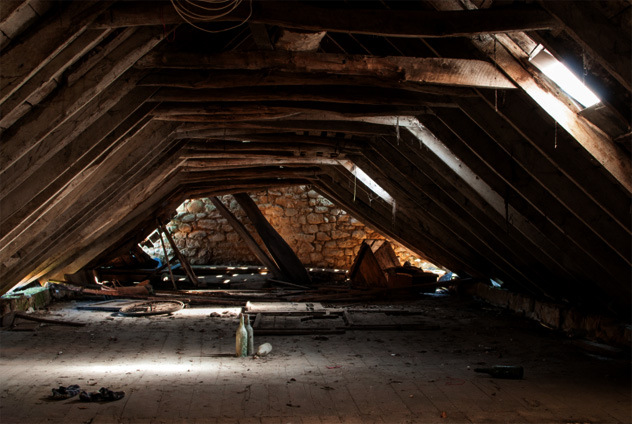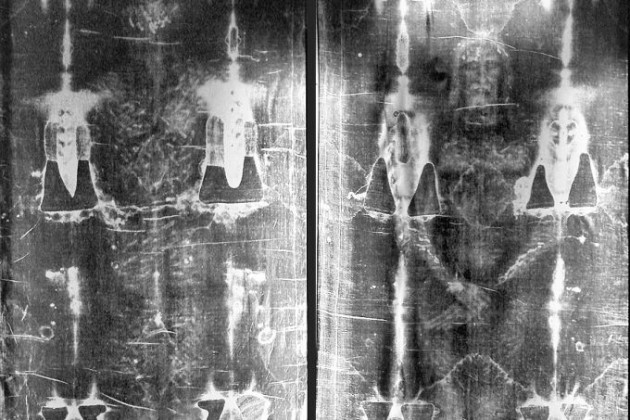Junko Furuta (古田 順子 Furuta Junko, November 22, 1972 – January 4, 1989) was a 16-year-old Japanese high school student who was abducted, tortured, raped, andmurdered in the late 1980s. Her murder case was named the Concrete-encased high school girl murder case (女子高生コンクリート詰め殺人事件 Joshikōsei konkurīto-zume satsujin-jiken?) due to the state of her discovered body in a concrete drum filled with 208 liters of cement.
Contents
- 1 Crime
- 2 Arrest and punishment
- 3 Effect
- 4 In popular culture
- 5 See also
- 6 References
- 7 External links
Crime
On November 25, 1988, four boys abducted Furuta, a third-year high school student from Misato, Saitama Prefecture, and held her captive for over 40 days in a house in the Ayase district of Adachi, Tokyo, owned by the parents of one of the boys, a 17-year-old by the name of Jō, who was later given the surname Kamisaku. Furuta was a student at Yashio-Minami High School and she had been kidnapped shortly after leaving school.
In order to avoid any concern over her abduction, the perpetrators forced Furuta to call her parents and tell them that she would be staying at a friend’s house for a while. The parents of Kamisaku were present at least part of the time Furuta was held captive, yet did not intervene, later claiming that they feared their son too much to do so.
The killers hid her corpse in a 208-liter drum filled with concrete; the perpetrators disposed of the drum in a tract of reclaimed land in Kōtō, Tokyo.
Arrest and punishment
The boys were arrested and tried as adults; but, because of Japanese handling of crimes committed by juveniles, their identities were concealed by the court.
For his participation in the crime, Kamisaku served eight years in a juvenile prison before he was released, in August 1999. In July 2004, he was arrested for assaulting an acquaintance, whom he believed to be luring a girlfriend away from him, and allegedly bragged about his earlier infamy. Kamisaku was sentenced to seven years in prison for the beating.
In July 1990, a lower court sentenced the leader to seventeen years in prison, one accomplice to a four- to six-year term, one accomplice to a three- to four-year term, and another accomplice to an indefinite five- to ten-year term. The leader and the first two of the three appealed their rulings. The higher court gave more severe sentences to the three appealing parties. The presiding judge, Ryūji Yanase, said that the court did so because of the nature of the crime, the effect on the victim’s family, and the effects of the crime on society. The leader received a twenty-year sentence, the second highest possible sentence after life imprisonment. Of the two appealing accomplices, the one that originally got four to six years received a five- to nine-year term, and the other had his sentence upgraded to a five- to seven-year term.
Furuta’s parents were dismayed by the sentences received by their daughter’s killers, and enjoined a civil suit against the parents of the boy in whose home the crimes were committed.
Effect
The case drew nationwide attention towards the sentencing and rehabilitation of youth offenders, especially in the context of youths charged as adults, and became well known within the media.
At least three Japanese-language books have been written about the incident.
In popular culture[edit]
An exploitation film, Joshikōsei konkurīto-zume satsujin-jiken 女子高生コンクリート詰め殺人事件, Concrete-Encased High School Girl Murder Case), was made about the incident by Katsuya Matsumura in 1995. Yujin Kitagawa (later a member of the music duo Yuzu) played the role of principal culprit.
Another film, Concrete (コンクリート, aka Schoolgirl in Cement, 2004), was based on one of the books written about the incident.
Seiji Fujii wrote a novel about the case 17-sai which was turned into a manga by Youji Kamata. Contrary to what had really happened, the novel shows a happy ending for the girl, who’s still alive and her kidnappers are sentenced to jail for many years.
Originally posted 2014-05-18 10:18:29. Republished by Blog Post Promoter














